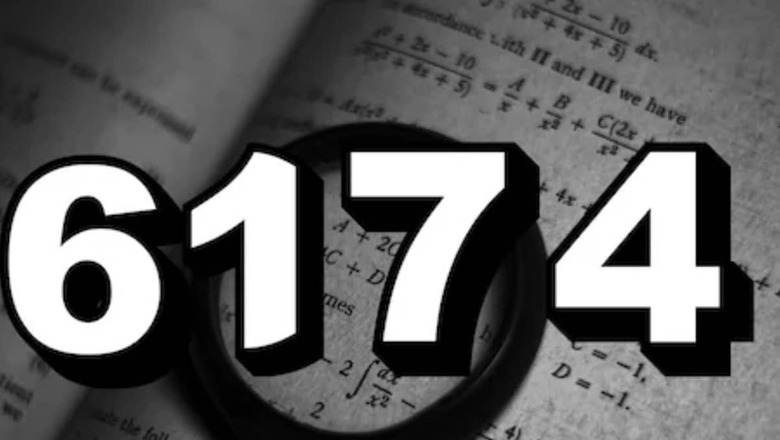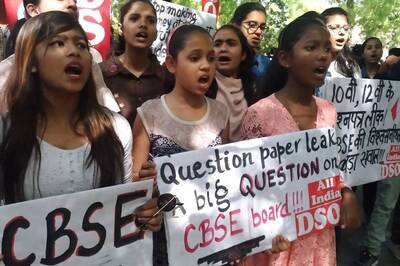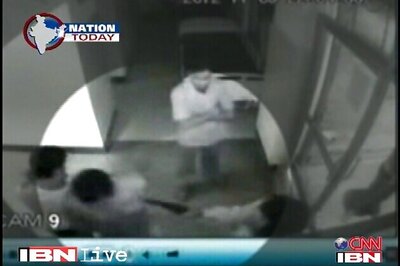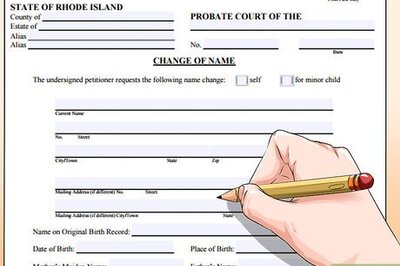
views
In 1949, mathematician Dr. R. Kaprekar made a fascinating discovery known as the Kaprekar Constant during a mathematics conference in Chennai. The magical number he introduced to the world was 6174, demonstrating that this number tends to repeat itself after subtracting the ascending and descending order of a four-digit number. Recently, on Quora, a question was posed about why 6174 is considered a magical number. Various Quora users responded, highlighting that its designation as a magical number is due to its association with the Kaprekar Constant.
The magic of 6174 can be understood through a mathematical equation and a process known as Kaprekar’s routine. Here are the rules that make 6174 renowned: Begin with a four-digit number, ensure it has at least two different digits, and add zeroes if necessary. Arrange the digits in both ascending and descending order. Subtract the smaller number from the larger one. Repeat this process with the result obtained. Remarkably, Kaprekar’s routine always reaches its fixed point, 6174, in at most seven iterations.
For example, consider the four-digit number 1234. Arrange it in descending order (4321) and ascending order (1234). Subtract the smaller from the larger to get 3087. Repeating the process with 3087 yields 8352. Further iterations lead to 6174, and subsequent repetitions of the routine with 6174 continue to produce the same result.
The uniqueness of 6174 lies in its ability to consistently return to itself through this iterative process. For instance, 8532 – 2358 equals 6174, and repeating the same step with 6174 results in 6174. This pattern persists, making 6174 a magical number.
It’s important to note that Kaprekar’s routine doesn’t reach the result of 6174 if repdigits, such as 1111 or 4444, are used. These specific cases are exceptions to the Kaprekar Constant.
6174 stands out as a magical number due to its intriguing properties in Kaprekar’s routine, showcasing the beauty and complexity that mathematics can unveil.




















Comments
0 comment